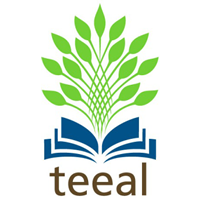
Home >>
ABSTRACT
This research was carried out to evaluate the fertility and salinity status of the soil and pattern of its variations with depth along Tutudawa main canal of the Wurno Irrigation Scheme. The Wurno irrigation scheme is located in the Sudan Savannah, situated 45km north of Sokoto town. The Irrigation scheme is located on latitude 13o 20?N and longitude 4o 55?E, within the agro-ecological zone D designated dry sub-humid Illela-Sokoto-Yelwa Plain (Ojanuga, 2006).The climate consists of a long dry season (October to May) and a short wet season June to September (Ojanuga, 2006). The nature of rainfall in the area is poor in distribution, scanty in quantity and erratic in behavior with its peak in August with average of 704.2.mm per anum. The temperature ranges from a minimum of 17oC recorded in December/January to 40oC in April/May (NAERL and FDAE, 2014).Wurno irrigation scheme comprises of a storage reservoir with design capacity of 19,501,200 m3 supplied from Goronyo dam(Wurno Irrigation Management Manual WIPMM,1994).The reservoir is linked to two main canals, namely; Lugu main canal that passes through Lugu village and Tutudawa main canal that passes through Tutudawa village, a main drain and a number of secondary canals (WIPMAM, 1994). Four transects were purposively chosen and soil samples were collected from three sampling spots in each transects. The samples were taken at the 0-15cm and 15-30cm depth respectively. Soil fertility and salinity parameters such as pH, Total N, Organic Carbon, available P, CEC, Exchangeable bases, were determined using standard methods. While PBS, ESP, EC and SAR were calculated. The findings of the study revealed that Ca2+, K+ and Na+ ions were all high across the sampling locations and depths. Periodic monitoring is proposed as a means of ensuring that proper soil quality for effective plant growth performance is maintained. 







